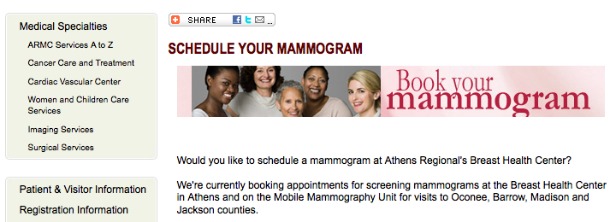Modern technology has made running a business more manageable for business owners, especially during this challenging time. The use of a QR code for digital menus is one of the most recent restaurant trends to adapt to the new normal setting.
No one wants to touch anything during the COVID-19 outbreak. Small and large businesses are looking for ways to provide a touchless experience to address the new consumer need. Also, one of the new guidelines for many countries is to use a contactless option whenever possible.
Restaurants have discovered that QR codes are one of the most effective ways to limit physical contact and lessen the risk of contamination. The advantages of QR codes are numerous; they provide guests with an easy and efficient way to order, pay, and more.
The days of lingering over a menu at a table or in front of a restaurant are long gone. After scanning a menu QR code to order, you can sit down and watch a movie or talk to anyone on your phone.
What is a menu QR code?
A menu QR code is a digital menu that allows customers to browse and purchase menu items immediately from their smartphones.
Restaurants can add visuals to their menus. It is also an environmentally friendly, contactless, and safe solution for the food industry. A contactless restaurant is safe because it restricts physical interaction with personnel, menus, etc.
Diners can use their cell phones to display and view menus, order, and pay for meals. Users don’t need to use other devices to access your menus; they need a smartphone camera.
Restaurant owners do not have to reprint their menu, as they can edit the QR code content. Unlike the traditional handheld menus where you have to reprint them when adding new menu items, you don’t have to reprint them in the menu QR code.
That is why you can update or change any items on your menu; you can edit your menu file behind your QR code anytime. The changes will automatically reflect in the QR code even after printing or distributing it.
How to create a menu QR code
- Create your menu and save it as a PDF or in a Jpeg file.
- Go to an online QR code generator with logo software. .
- Upload your PDF or Jpeg file in the Menu feature.
- Generate your QR code and personalize it. You can add a call to action tag to increase scans and prompt your customers what to do.
- Do a QR code scan test and download it.
- Print and place the QR code on any corner of your dining table. You can print it like a sticker or display it as a table tent for your customers.
Advantages of using a contactless dining solution in a restaurant
- Brings greater customer satisfaction
Because contactless dining speeds up the entire ordering and payment process while offering customer control and autonomy over their orders, it increases customer happiness.
With contactless ordering, diners can assure that precisely what they ordered will be prepared in the kitchen. Special instructions, add-ons, dietary preferences, and allergies are all examples of this.
- It keeps everyone safe and healthy.
Another significant advantage of digital contactless ordering is its potential to improve building occupant safety. It is absurd to expect restaurant patrons to eat while wearing a mask.
Consider how many lives could be saved by helping to minimize the transmission of infections on physical surfaces by allowing customers to view menu options and place orders from the convenience of their own homes.
- Digital ordering increases customer loyalty.
Digital ordering improved frictionless ordering, converting and retaining customers through personalized offers, loyalty points, and rewards. As a result, guests are more likely to return to the restaurant again.
- Improve the efficiency of your operations
Table turnover is one of the essential indicators, as it affects operational expenses and efficiency.
The more tables you can set and the more things you can offer, the faster you can turn tables.
Guests can send orders directly to a kitchen display system using a contactless dining solution, then split the bill amongst the table when it’s time to pay. The entire process avoids a few low-value procedures for staff and is sure to save minutes at every table.
In Conclusion
Using a digital contactless ordering mechanism is also a step to pursue further foodservice expansion prospects.
Restaurants with digital technology sound futuristic, and they are. Digital kitchens are the pinnacle of foodservice innovation, combining technology, people, software, and guided workflows to streamline and smooth restaurant operations.
With the use of a QR code generator online, restaurants can have a complete integration between old and new technologies like QR codes to succeed and adapt to this new normal.










 There are various ways to use the codes to increase your sales. Here are a few:
There are various ways to use the codes to increase your sales. Here are a few: